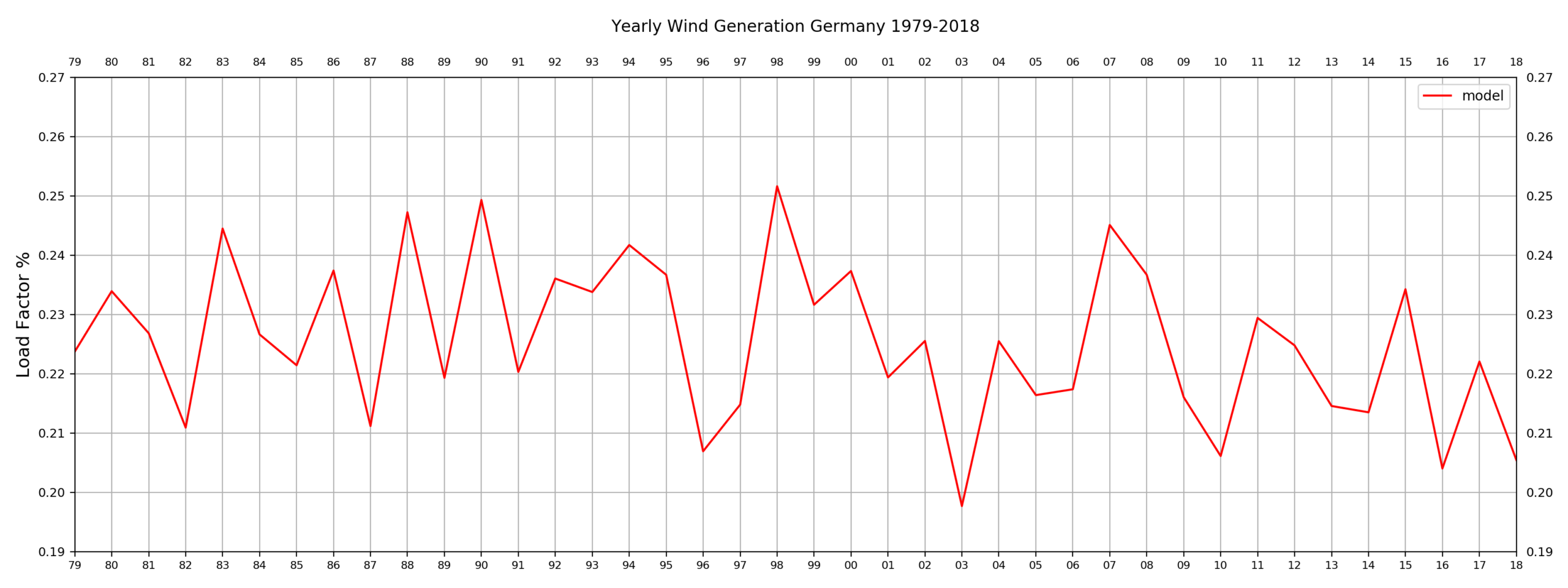Climatic Indexes
Climate change is bringing with it new challenges and uncertainties. Long-term climatic reference data may no longer be valid to make long-term estimations. These predictions, like Typical Meteorological Years or Climatic Mean Values, are good future estimators based on the assumption of a non-changeable climate. But in a changing climate these long-term references and the uncertainties around them need to be constantly re-assessed. WeatherTrend can create Climatic Indexes for the weather variables that affect your business helping to quantify how climate change may be already affecting your operations.





